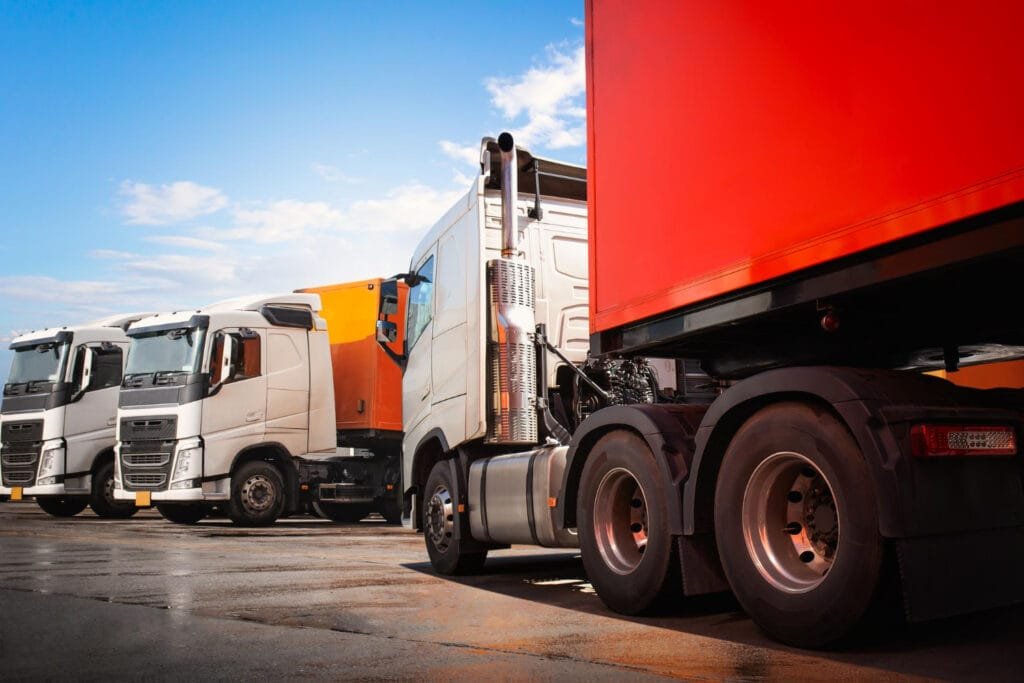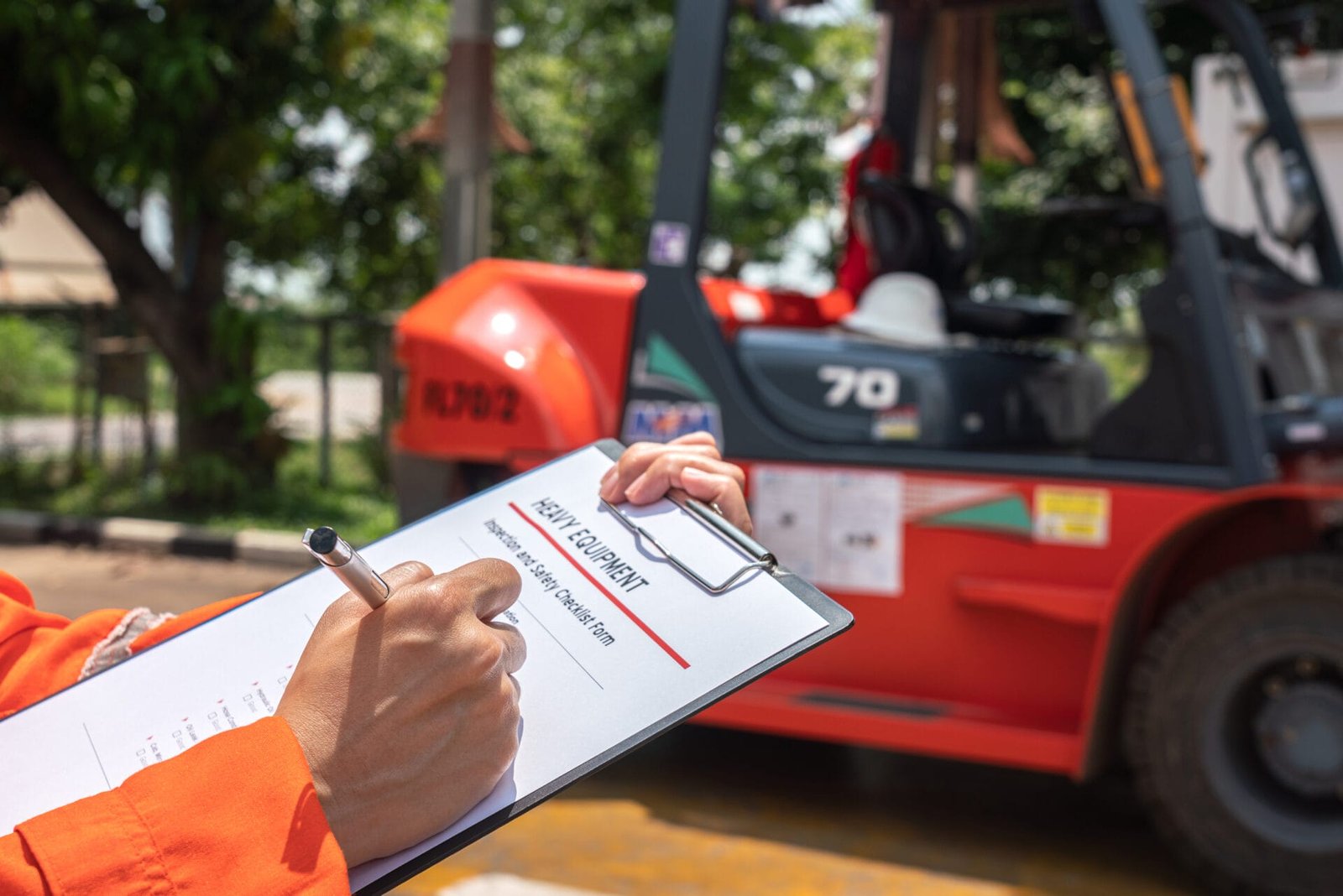Industrial Plant Installation: Best Practices for Safety and Efficiency
Installing an industrial plant is a complex and multifaceted process that requires meticulous planning, precise execution, and a thorough understanding of both safety and efficiency measures. This article aims to provide an in-depth guide to best practices for ensuring safety and efficiency during industrial plant installation. By following these guidelines, organizations can minimize risks, optimize performance, and achieve successful project outcomes.
Industrial plant installation involves setting up machinery, systems, and infrastructure necessary for the operation of various industries such as manufacturing, energy, and chemical processing. The complexity of this task requires a detailed approach to ensure that the installation is both safe and efficient. This article will explore best practices that can help achieve these objectives, providing a roadmap for project managers, engineers, and safety officers involved in such projects.
Importance of Safety in Industrial Plant Installation
Safety is paramount in industrial plant installation due to the high risks associated with heavy machinery, hazardous materials, and complex processes. Ensuring the safety of workers, equipment, and the environment not only prevents accidents and injuries but also enhances operational efficiency by reducing downtime and avoiding costly disruptions.
Planning and Preparation
Site Assessment and Preparation
The first step in any industrial plant installation project is a comprehensive site assessment. This involves evaluating the physical characteristics of the location, including soil stability, environmental conditions, and accessibility. Site preparation may include clearing vegetation, leveling the ground, and constructing access roads.
Designing for Safety and Efficiency
A well-thought-out design is crucial for the safe and efficient operation of an industrial plant. The design should incorporate safety features such as fire suppression systems, emergency exits, and proper ventilation. Additionally, efficient layout planning can minimize material handling and streamline workflows, enhancing overall productivity.
Regulatory Compliance and Permits
Compliance with local, national, and international regulations is essential in industrial plant installation. This involves obtaining the necessary permits and adhering to standards set by regulatory bodies such as the Occupational Safety and Health Administration (OSHA) and the Environmental Protection Agency (EPA). Non-compliance can result in legal penalties, project delays, and increased risks.
Selecting the Right Equipment and Materials
Criteria for Equipment Selection
Choosing the right equipment is critical for both safety and efficiency. Factors to consider include the equipment’s capacity, reliability, ease of maintenance, and energy efficiency. It is also important to select equipment that is compatible with existing systems and can be integrated seamlessly into the overall plant design.
Material Quality and Compatibility
High-quality materials are essential for the durability and performance of the plant. Using substandard materials can lead to frequent breakdowns, safety hazards, and increased maintenance costs. Ensuring compatibility between different materials and components is also vital to prevent issues such as corrosion, wear, and mechanical failure.
Workforce Training and Management
Training Programs for Safety and Efficiency
Proper training is essential for ensuring that workers understand how to operate equipment safely and efficiently. Training programs should cover topics such as equipment operation, hazard recognition, emergency procedures, and safety protocols. Regular refresher courses can help keep workers up-to-date with the latest safety practices and technological advancements.
Roles and Responsibilities
Clearly defining roles and responsibilities is crucial for effective workforce management. Each team member should understand their specific duties and how they contribute to the overall project. This clarity helps prevent misunderstandings, ensures accountability, and enhances coordination among different teams.
Safety Protocols and Risk Management
Hazard Identification and Mitigation
Identifying potential hazards is a key step in ensuring safety during industrial plant installation. This involves conducting risk assessments to identify threats such as electrical hazards, chemical spills, and mechanical failures. Once identified, appropriate mitigation measures, such as installing safety guards and implementing proper handling procedures, should be put in place.
Emergency Response Planning
Having a robust emergency response plan is essential for handling unforeseen incidents. This plan should include procedures for evacuations, medical emergencies, and fire outbreaks. Regular drills and simulations can help prepare workers to respond effectively in case of an actual emergency.
Efficient Project Management
Scheduling and Time Management
Effective scheduling is critical for the timely completion of an industrial plant installation project. This involves creating a detailed project timeline that outlines each phase of the installation process, including milestones and deadlines. Time management tools and software can help monitor progress and identify potential delays early on.
Resource Allocation
Efficient resource allocation ensures that the necessary personnel, equipment, and materials are available when needed. This involves careful planning and coordination to avoid bottlenecks and ensure that all aspects of the project are adequately resourced. Effective resource management can also help control costs and prevent budget overruns.
Communication and Coordination
Clear communication and coordination among different teams are essential for the smooth execution of the project. This involves regular meetings, progress reports, and an effective communication system to ensure that everyone is on the same page. Addressing issues promptly and maintaining open lines of communication can prevent misunderstandings and enhance collaboration.
Quality Control and Testing
Inspection and Testing Procedures
Regular inspections and testing are essential for ensuring that all aspects of the installation meet the required standards. This includes checking the alignment of machinery, testing electrical systems, and verifying the integrity of structural components. Any issues identified during inspections should be addressed promptly to prevent potential safety hazards and operational inefficiencies.
Documentation and Reporting
Maintaining detailed documentation and reporting throughout the installation process is crucial for tracking progress and ensuring compliance. This includes keeping records of inspections, test results, and any corrective actions taken. Proper documentation can also provide valuable insights for future projects and help address any issues that arise during the operational phase.
Conclusion
Industrial plant installation is a complex and challenging process that requires careful planning, precise execution, and a strong focus on safety and efficiency. By following best practices in site assessment, equipment selection, workforce training, safety protocols, and project management, organizations can ensure successful installations that meet regulatory requirements and operational goals. Continuous improvement and staying informed about future trends will further enhance the safety and efficiency of industrial plant installations.





